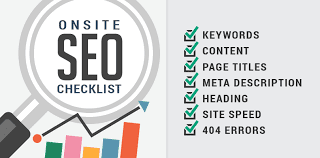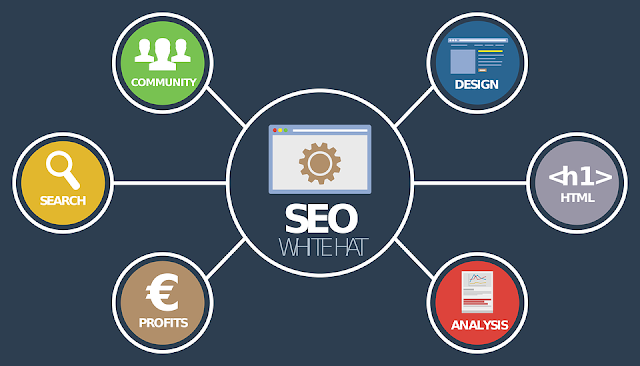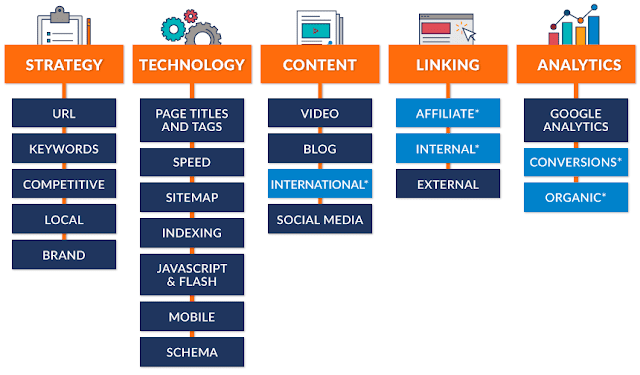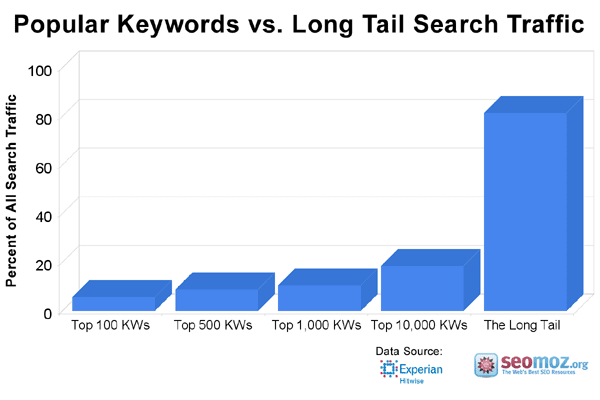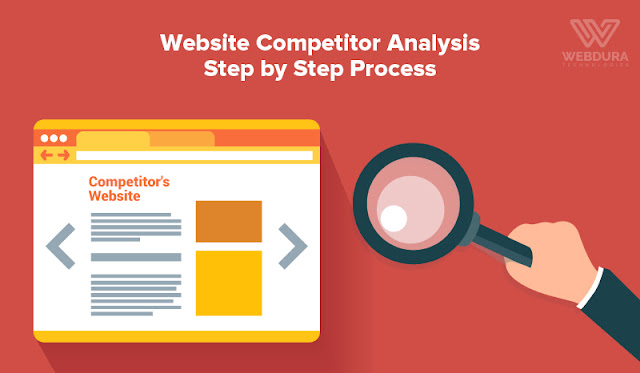What is Computer?
A computer is a machine that can be told to do arrangements of math or consistent activities naturally through computer programming. Current computers can pursue summed up sets of activities, called programs. These projects empower computers to play out an amazingly wide scope of undertakings.A "total" computer including the equipment, the working framework (principal programming), and fringe hardware required and utilized for "full" activity can be alluded to as a computer framework.
This term should be utilized for a gathering of computers that are associated and cooperate, specifically a computer system or computer bunch.
Computers are utilized as control frameworks for a wide assortment of mechanical and customer gadgets. This incorporates straightforward specific reason gadgets like microwaves and remote controls, processing plant gadgets, for example, modern robots and computer-helped structure, and furthermore broadly useful gadgets like PCs and cell phones, for example, cell phones.
Computers are utilized as control frameworks for a wide assortment of mechanical and customer gadgets. This incorporates straightforward specific reason gadgets like microwaves and remote controls, processing plant gadgets, for example, modern robots and computer-helped structure, and furthermore broadly useful gadgets like PCs and cell phones, for example, cell phones.
The Internet is kept running on computers and it associates a huge number of different computers and their clients.
Early computers were just considered as figuring gadgets. Since antiquated occasions, basic manual gadgets like the math device helped individuals in doing counts. From the get-go in the Industrial Revolution, some mechanical gadgets were worked to robotize long monotonous assignments, for example, managing designs for weavers.
Early computers were just considered as figuring gadgets. Since antiquated occasions, basic manual gadgets like the math device helped individuals in doing counts. From the get-go in the Industrial Revolution, some mechanical gadgets were worked to robotize long monotonous assignments, for example, managing designs for weavers.
Progressively refined electrical machines did specific simple computations in the mid twentieth century. The main advanced electronic figuring machines were created during World War II. The speed, power, and flexibility of computers have been expanding drastically as far back as at that point.





